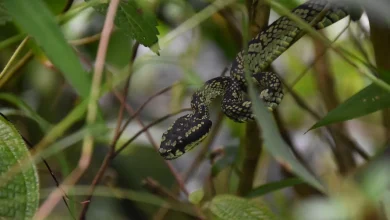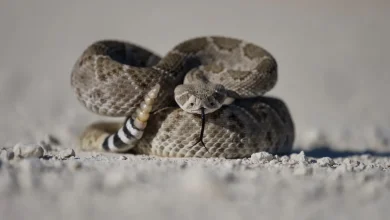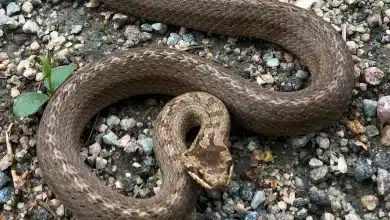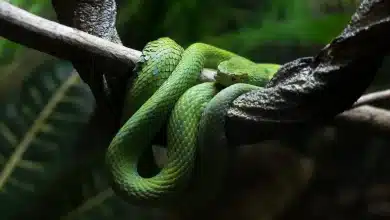Thailand viper
-
Snake Breeds
Brown-Spotted Green Pit Viper
Brown-Spotted Green Pit Viper (Trimeresurus venustus) Trimeresurus venustus, previously Cryptelytrops venustus (Brown-spotted Green Pit Viper, Beautiful Pit Viper) Appearance: Green snake…
Read More » -
Snake Breeds
Malayan Pit Viper
Malayan Pit Viper or Malaysian Pit Viper (Calloselasma rhodostoma) [Page Updated: 21 June 2023] The Malayan Pit Viper is a…
Read More » -
Indo-Malayan Mountain Pit Viper
Indo-Malayan Mountain Pit Viper (Ovophis monticola convictus) Indo-Malayan Mountain Pit Viper is a venomous pitviper found in Asia. Currently,…
Read More » -
Snake Breeds
Mock Viper
Mock Viper (Psammodynastes pulverulentus)Psammodynastes pulverulentus (Mock Viper, Dusky Mock Viper, Common Mock Viper) The mock viper has a very detailed…
Read More » -
front-fanged
Siamese Viper
The Siamese viper found in Sa Kaeo province near the Thailand border with Cambodia. Daboia siamensis (Siamese Viper; Eastern Russel’s Viper)…
Read More »




